Speak Your Mind, Paint Your Thoughts
November 23, 2021
What is activism? Is it organizing a march, giving a speech? Is it lobbying, and phone calls to congress? For a long time, our society has imagined activism as conforming to a certain scene: the thunderous beat of footsteps, and marches with signs and banners.
For some, this “dynamic” form of activism elicits more fear than eagerness. A student at Novato High School recalls attending the 2016 Women’s March. The march was held in San Francisco, with 100,000 attending. The group marched down Market Street, holding signs and chanting: “My body, my choice!”
“I was actually quite scared,” one anonymous high schooler remembers. “There were so many people, and I was wary of everyone. Eventually I called my parents to try and calm down.”
Crowds are nerve racking for many at the best of times, and crowds of agitated, shouting people can make some turn tail and flee. These people are no less committed to the cause, no less interested in fighting for their beliefs, they are just unable to participate in the large gatherings.
Now however, many have come to realize that many more disciplines fit under activism’s umbrella. Activism is not just public speaking, or organizing marches. Activism is about expressing ideas in a way that is understandable to those in power. So what about art? Is not art an expression of ideas and emotions portrayed through ink, sound, or material?
Meet Harita Kalvai, a 16 year old climate activist, who leads Youth Action Through Art. Abbreviated to YATA, the action team was founded in 2020 and strives to provide a platform where youth activists can express themselves through art. The organization has already hosted a poetry event where youth poets shared their thoughts on climate change, and leading economists and local CEOs gave talks on their work. In the future, YATA hopes to run a climate gallery event that will focus on two prompts: what do you think the future will look like, and what do you hope it will look like. Harita and her team hope to see submissions in many forms–paintings, drawings, songs, podcasts, stories.
“You don’t have to be the world’s best public speaker, or know all about environmental and economic policy to join,” Harita says. “You just have to be ready and willing to learn.”
YATA is founded on principles of inclusivity, giving everyone a voice. They also believe that art will be an effective and integral part of movements in the future.
Harita hopes that others will appreciate the value of art, and says the narrative is sifting in YATA’s favor. Already, she is in contact with organizations such as the National Youth Action Team and Sunrise who want to hear about YATA’s mission and aspirations. “All I want is to provide a supportive community for all activists,” Harita says. “Now, with the climate crisis, we need all the help we can get.”
In the current era, political systems around the world are fracturing, parties divided by a yawning chasm that seems to grow deeper by the minute. A ceaseless battle of words and phrases swamp social media platforms. Traditional activism, despite its many benefits, does not seem to be doing enough. A recent study on Political Polarization that analyzed the correlation between a certain view and a person’s political party, found that the US has on average a 39% difference between parties. This gap dwarfs the gaps between different religions, or races (17% and 14% respectively). Art however, can be a bridge over the divide. Anyone can appreciate the beauty of a song, the drama of ink on a canvas. But is an appreciation for art learned or ingrained? Do humans understand and value art simply because society tells them they should?
It turns out that the admiration of art stems from something deeper than just social norms. Scientists at the university of Vienna, published a paper titled, “Visualizing the Impact of Art: An Update and Comparison of Current Psychological Models of Art Experience.” The study found that brain regions connected to pleasure and appreciation activate when art is presented to the subject. The study also found that understanding of the artistic pieces was key in it’s appreciation. To summarize, art has the ability to induce favorable emotions in human brains. If the artwork is created in a way that is understandable to the viewer, the gratification intensifies. With the right construction, art might be the ultimate link between warring parties. There is no telling what the future will bring, but art has a good chance at making a positive change. Perhaps art is the road to a more unified nation.
Do you think so? Why not paint and see.


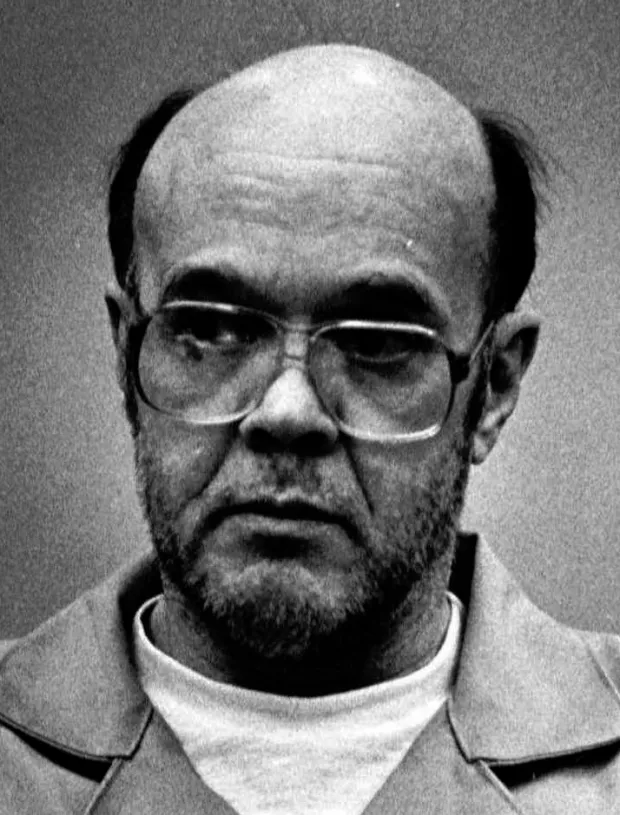
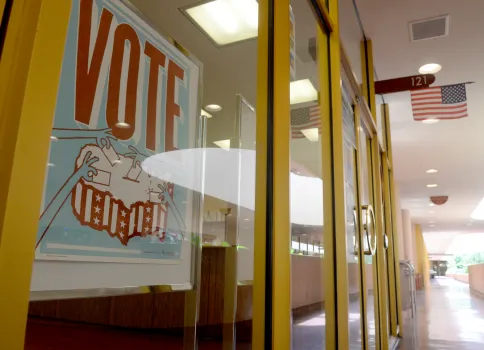
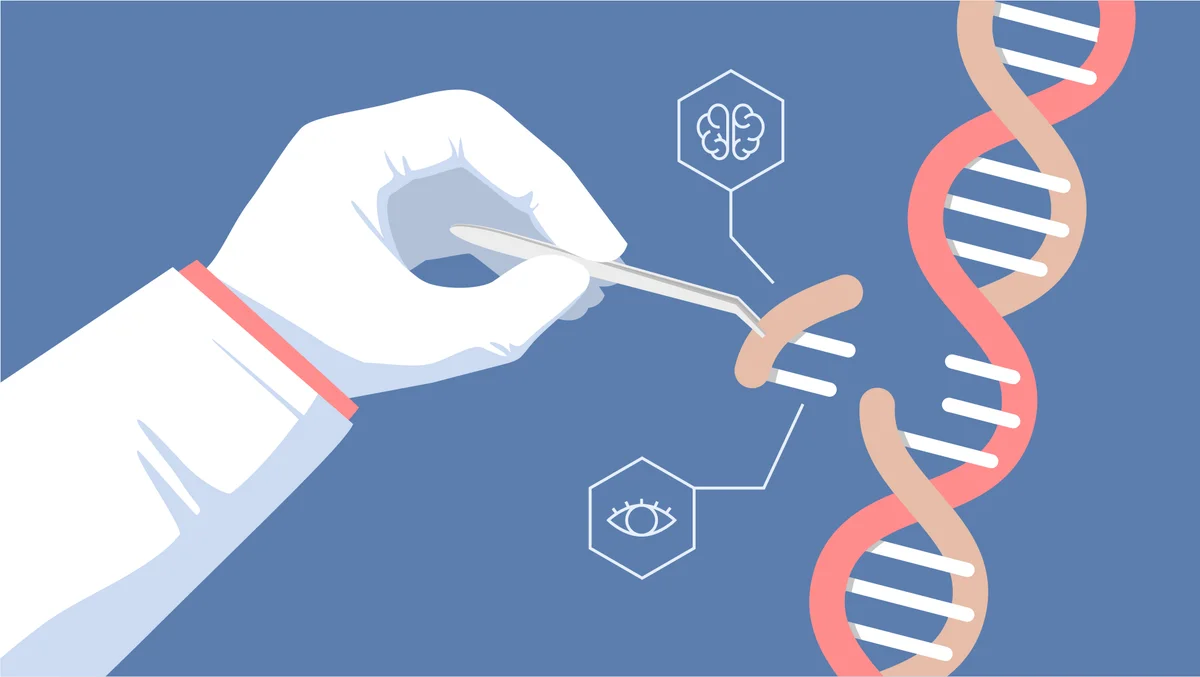
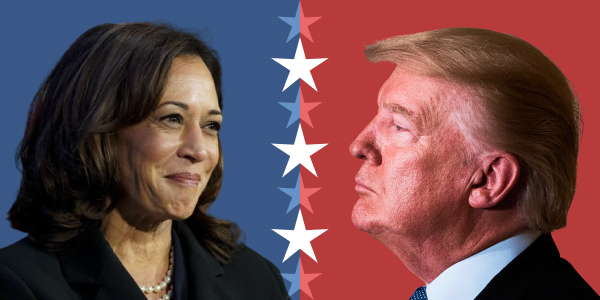
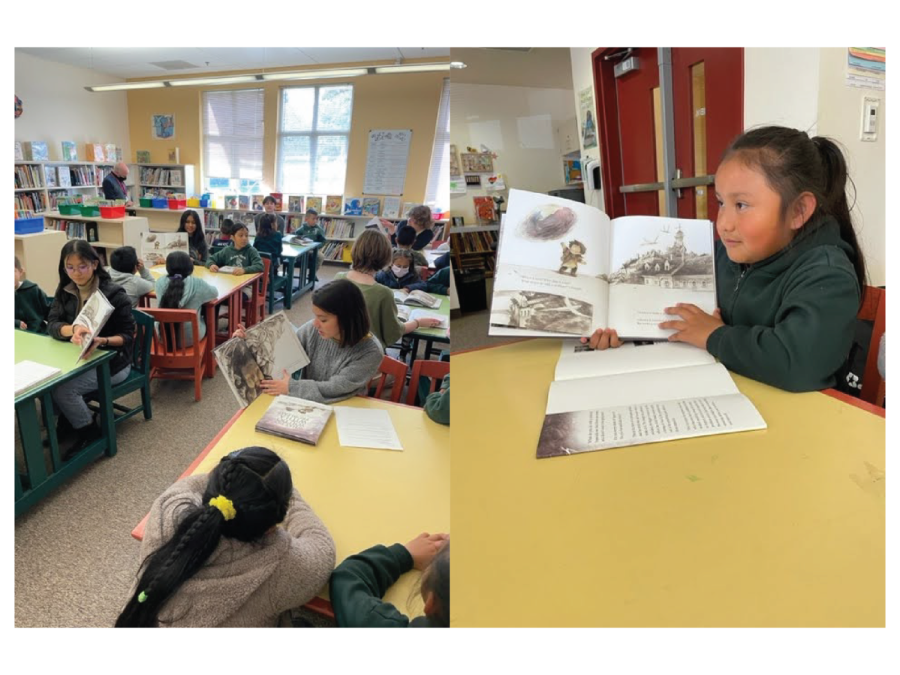




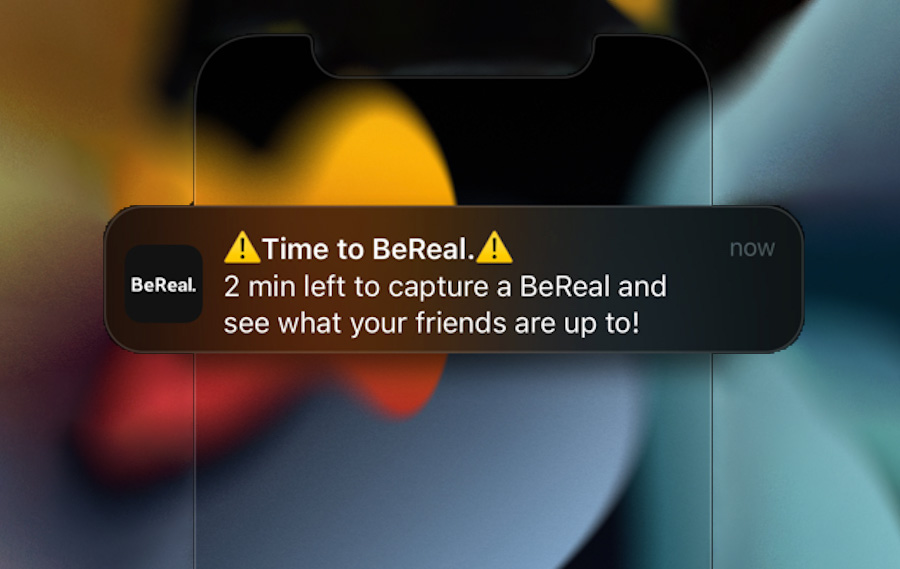





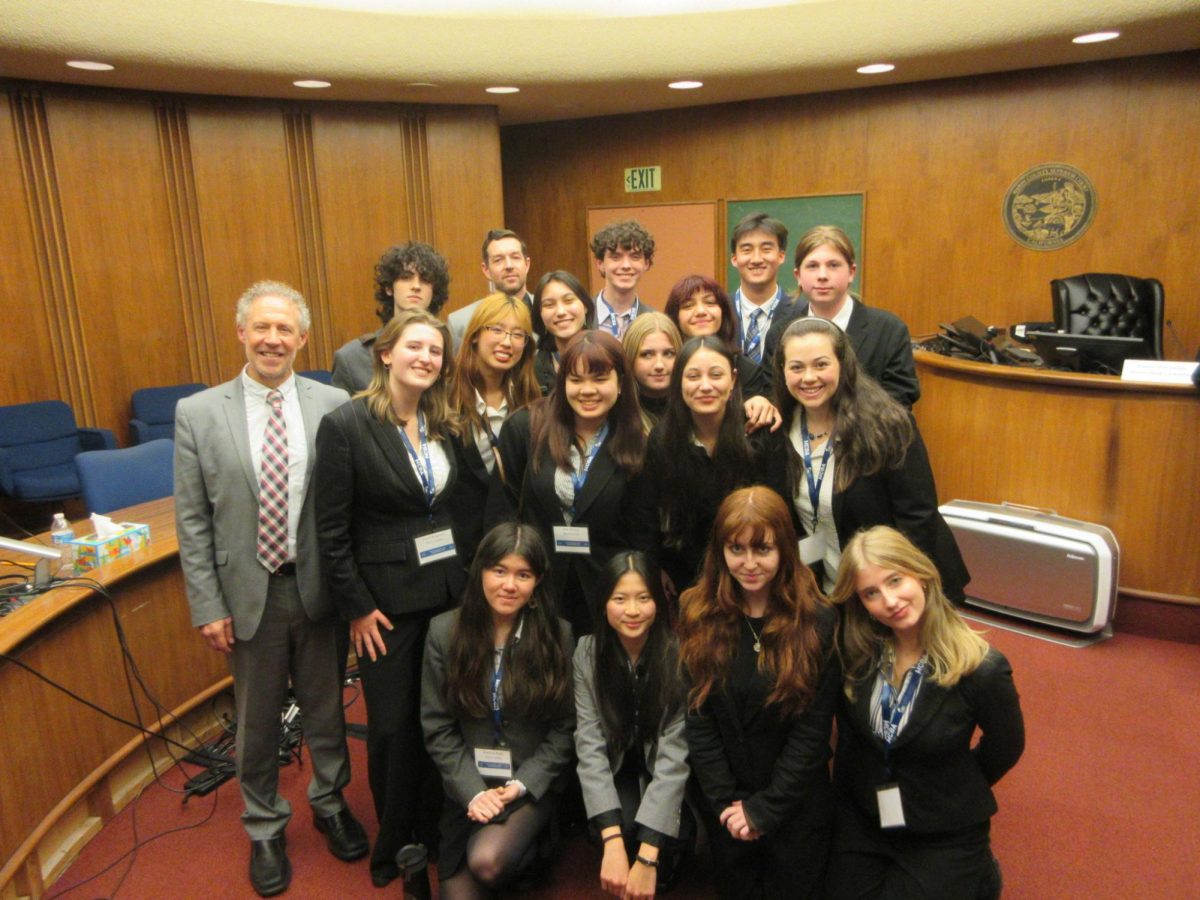
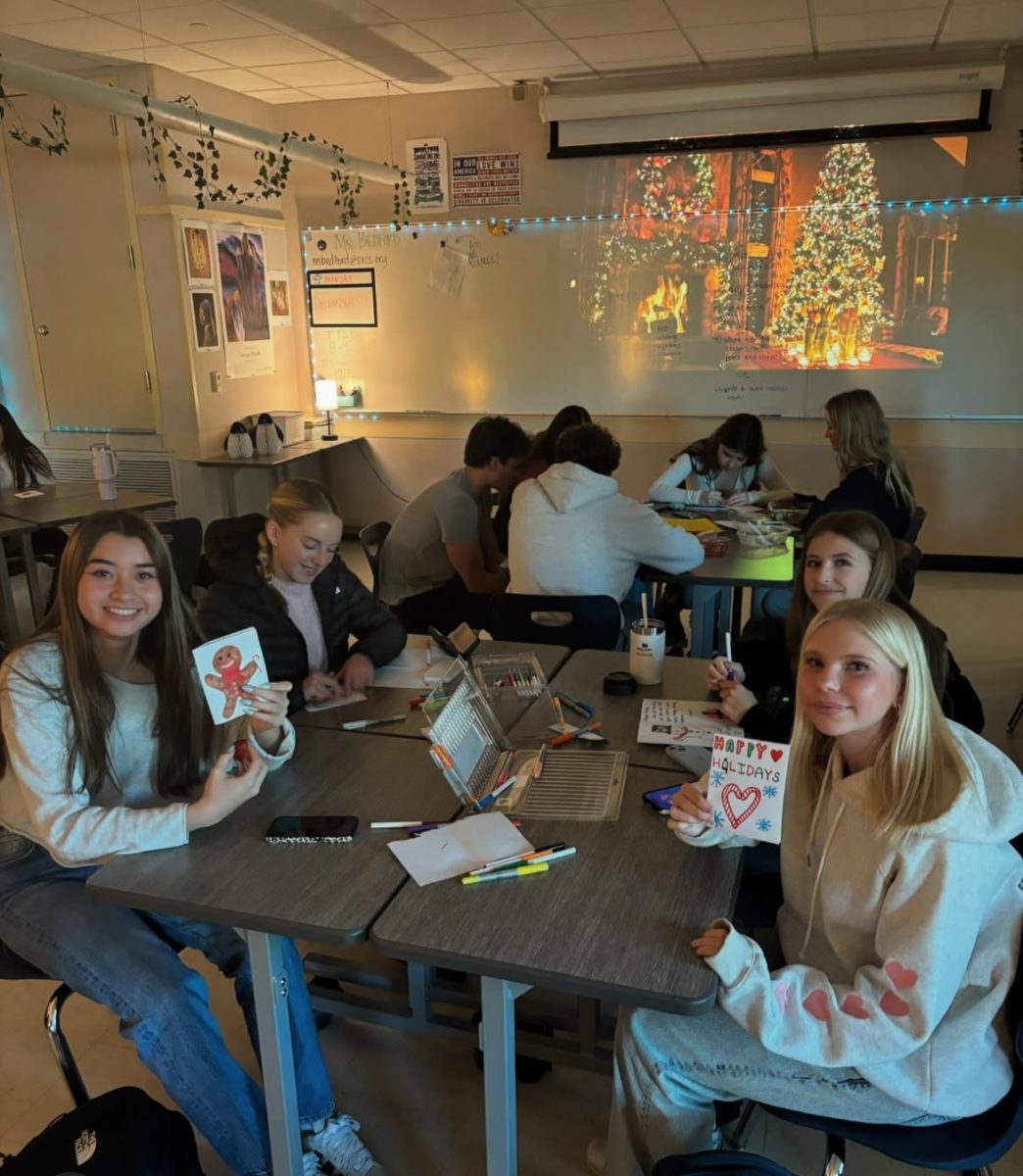
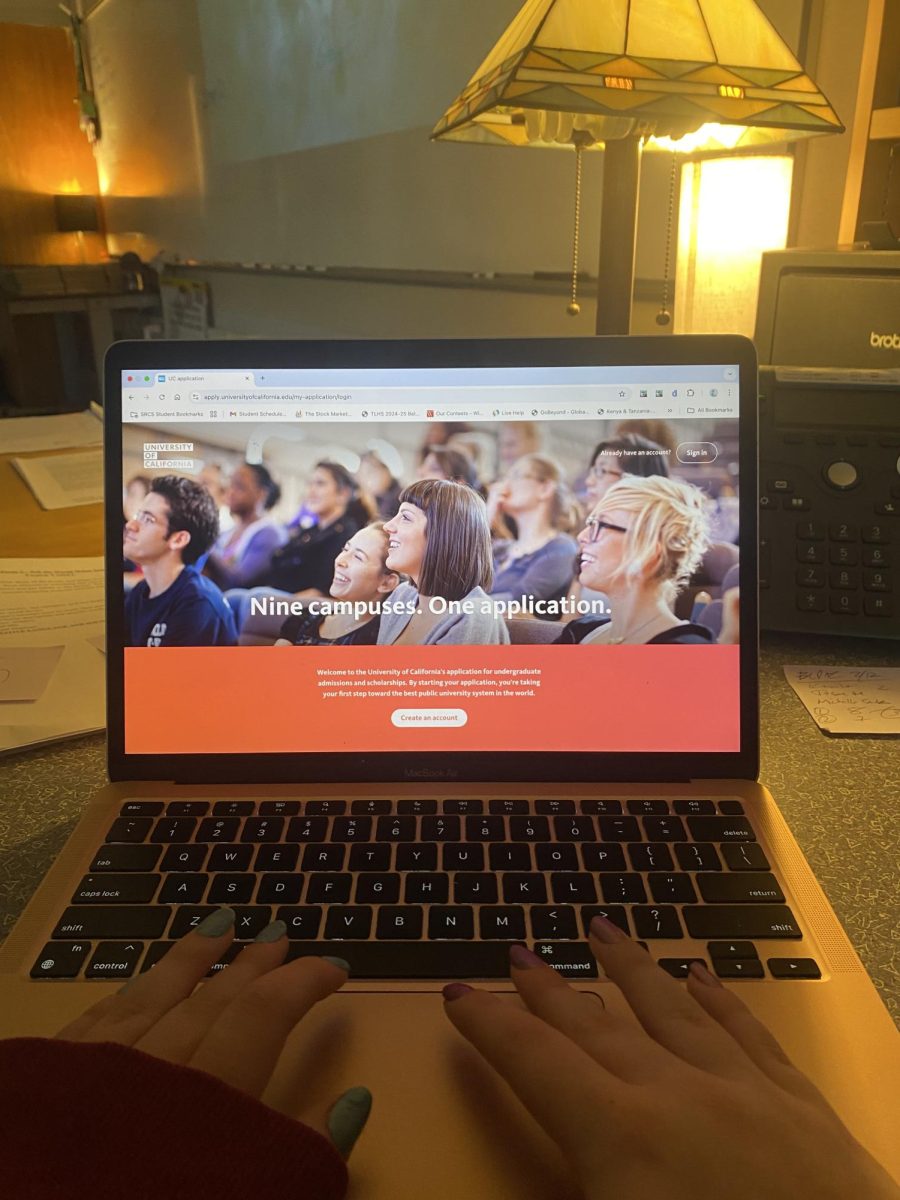
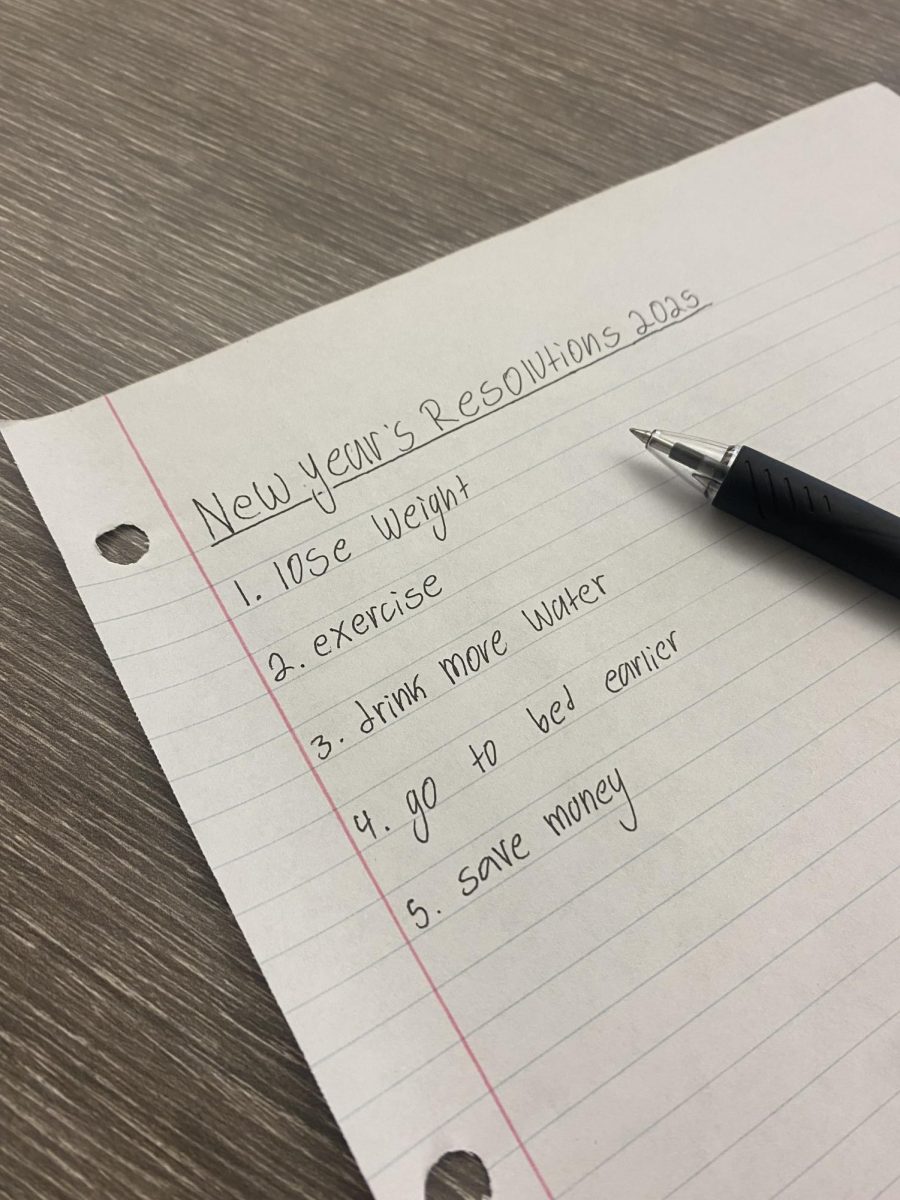
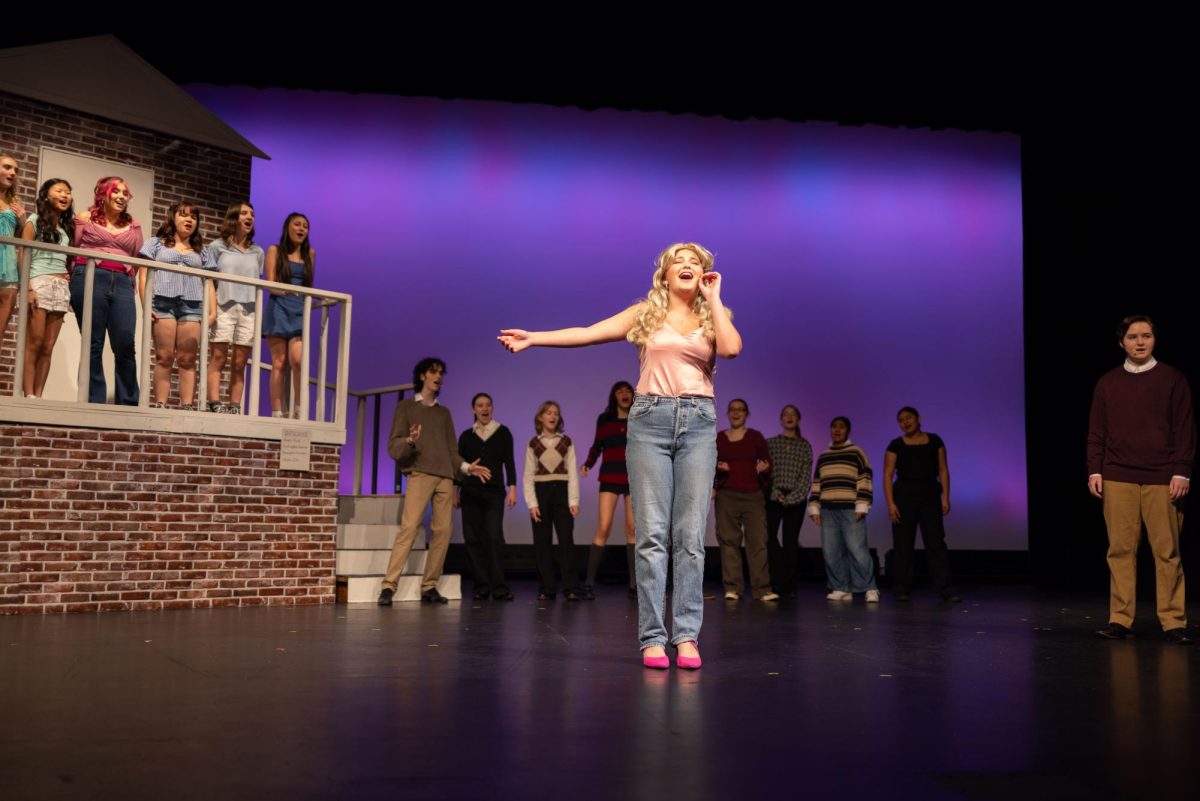
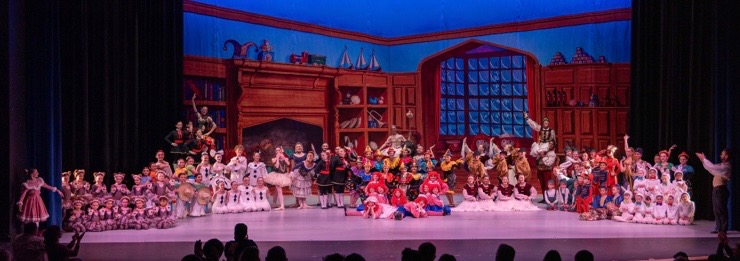
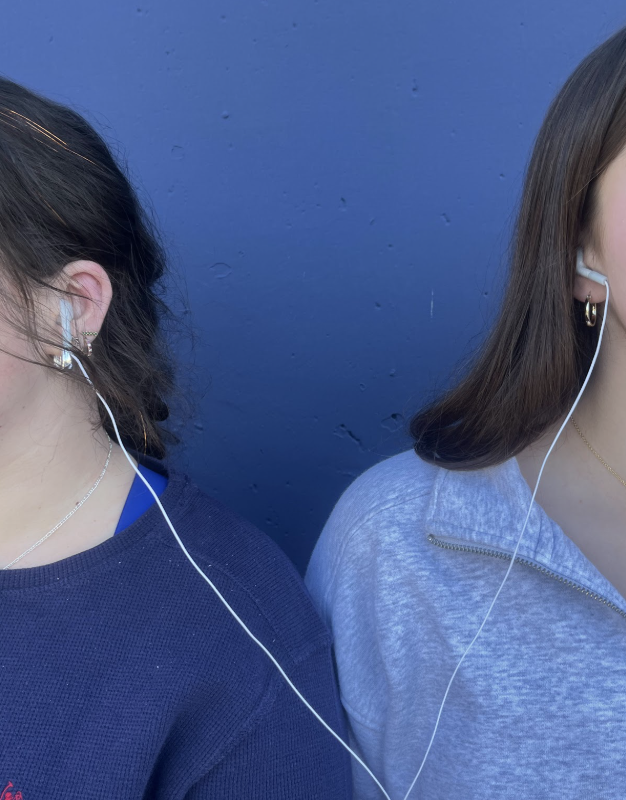

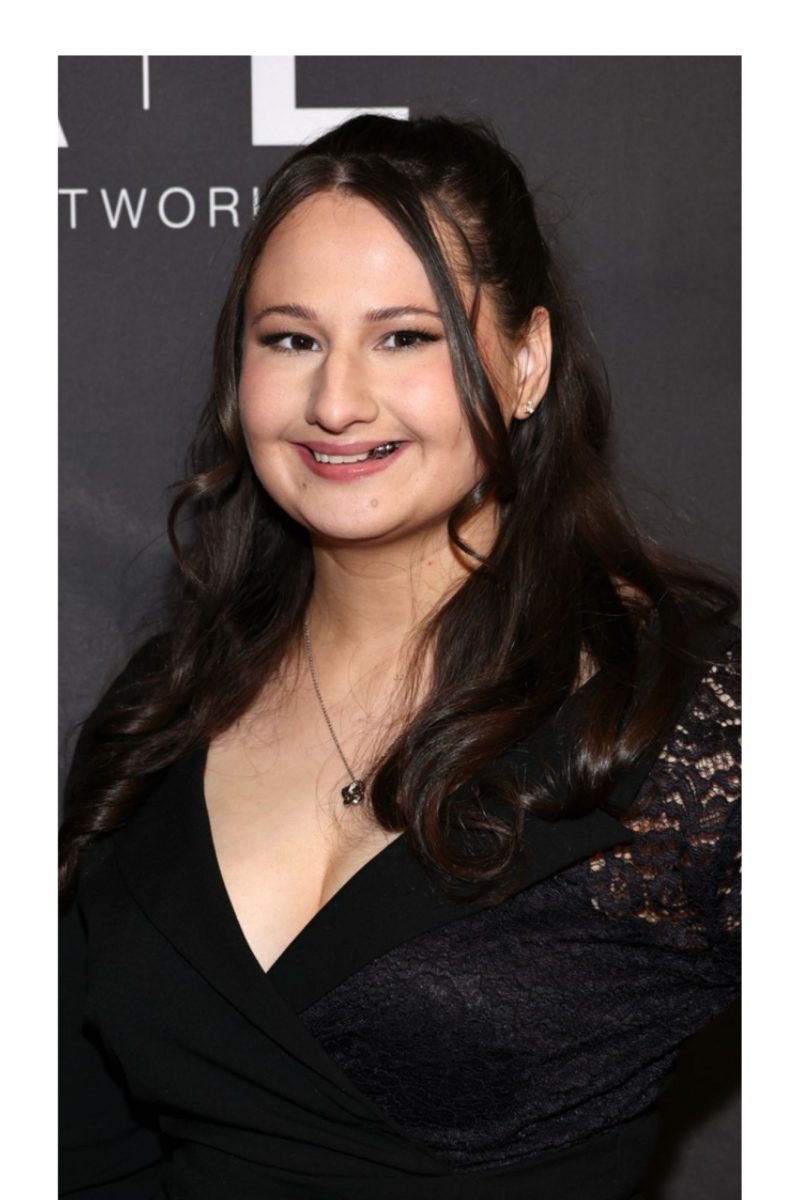


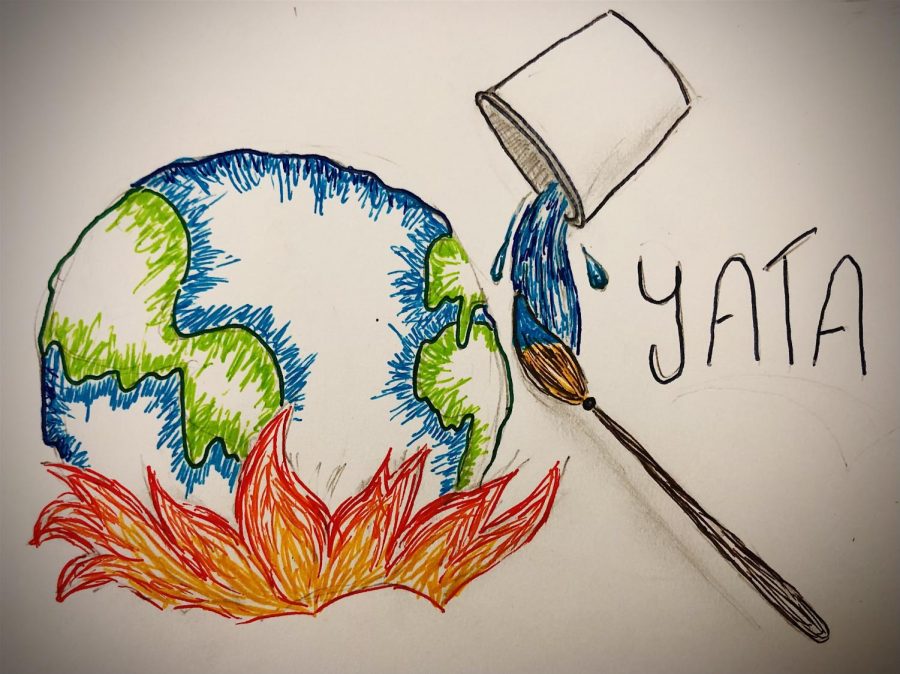
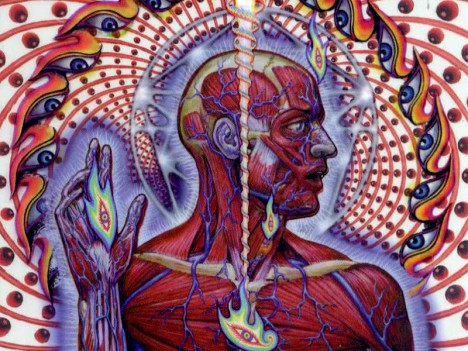

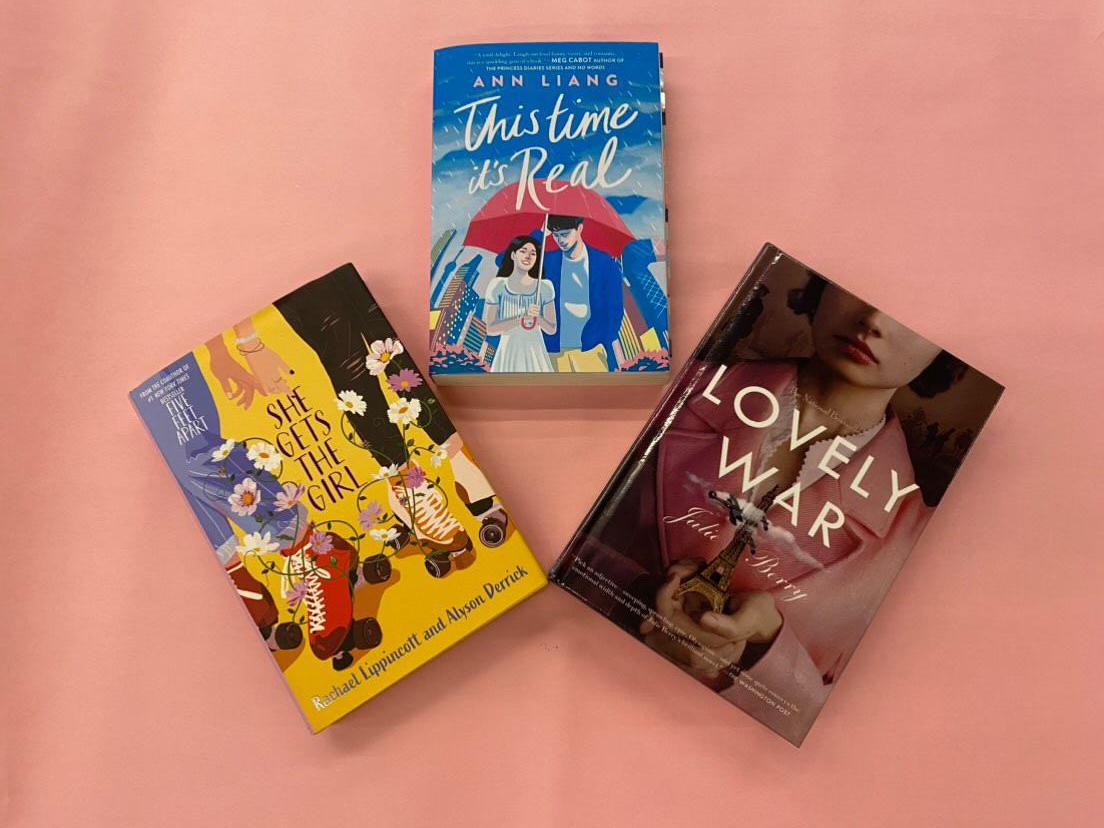
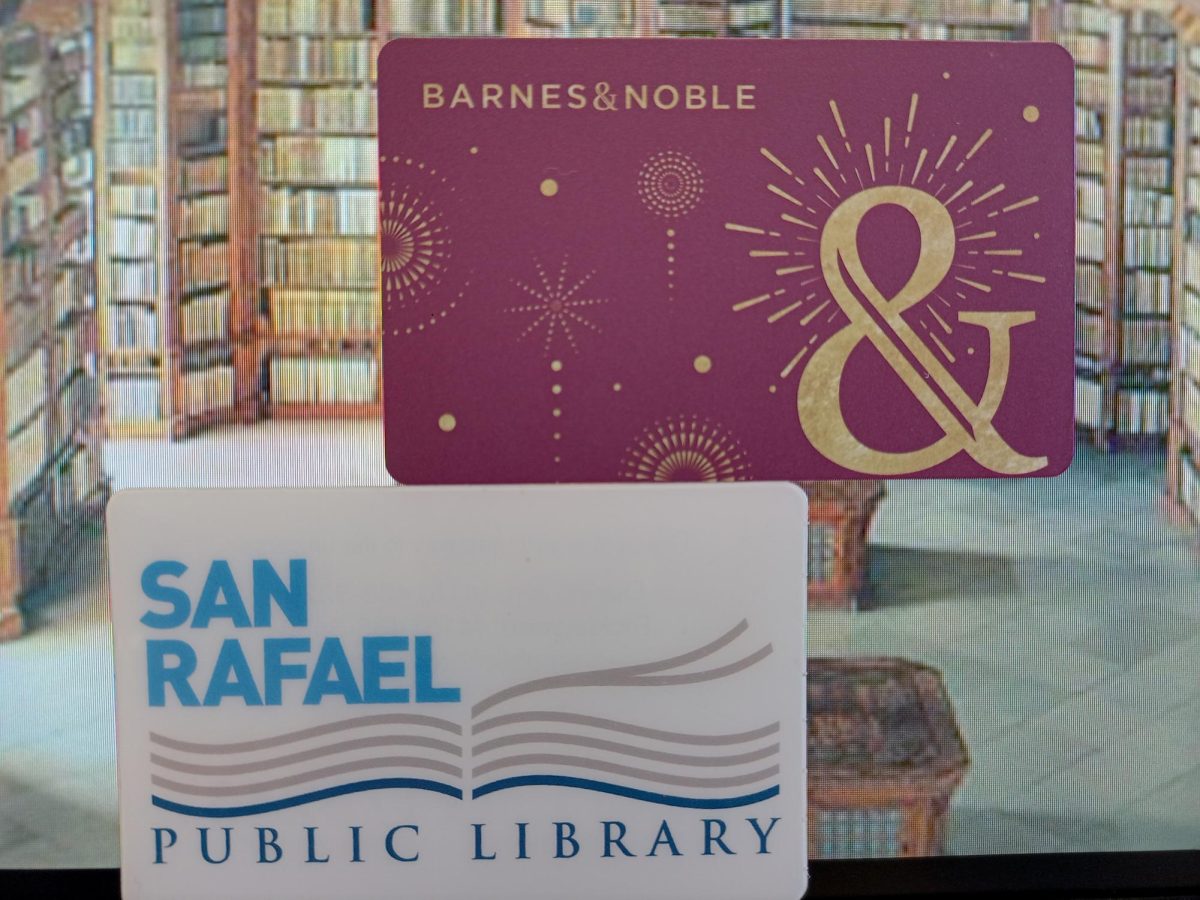
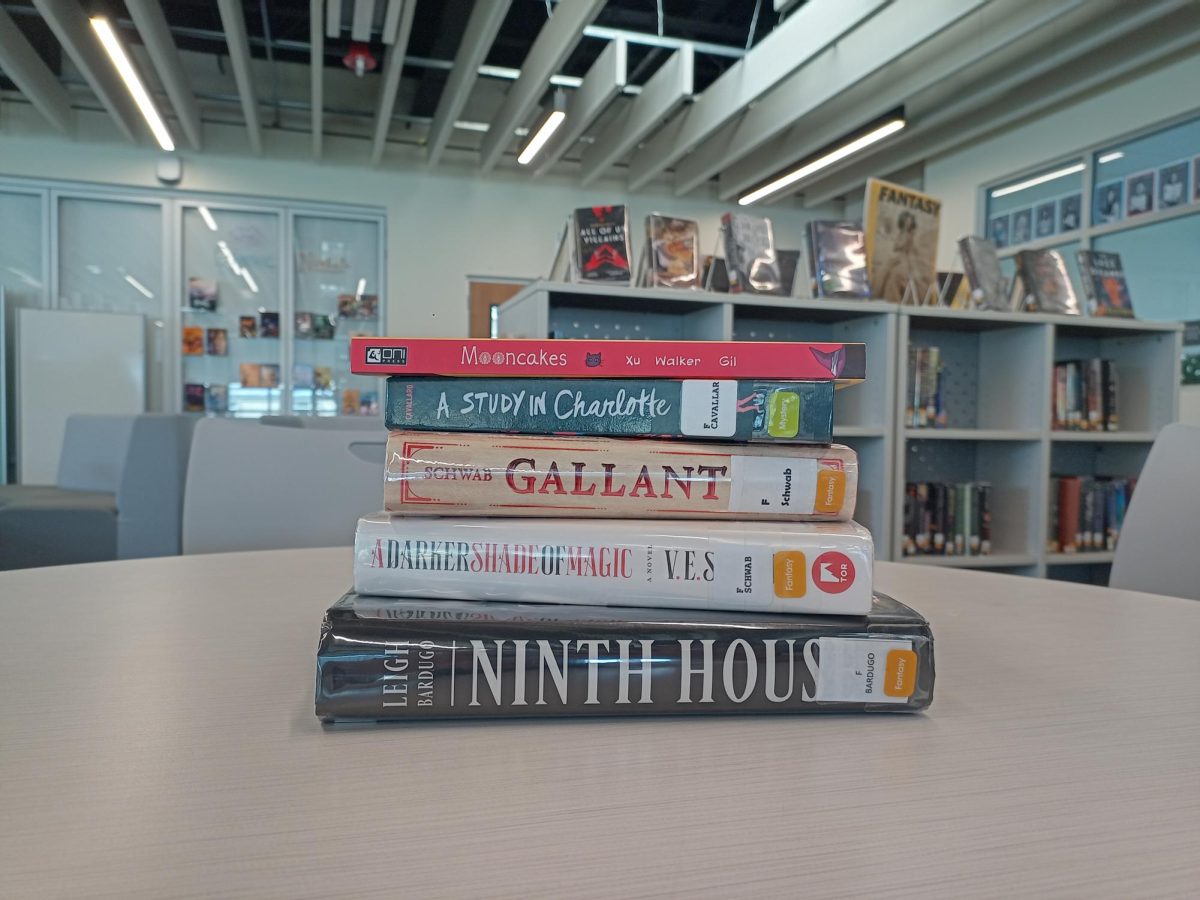
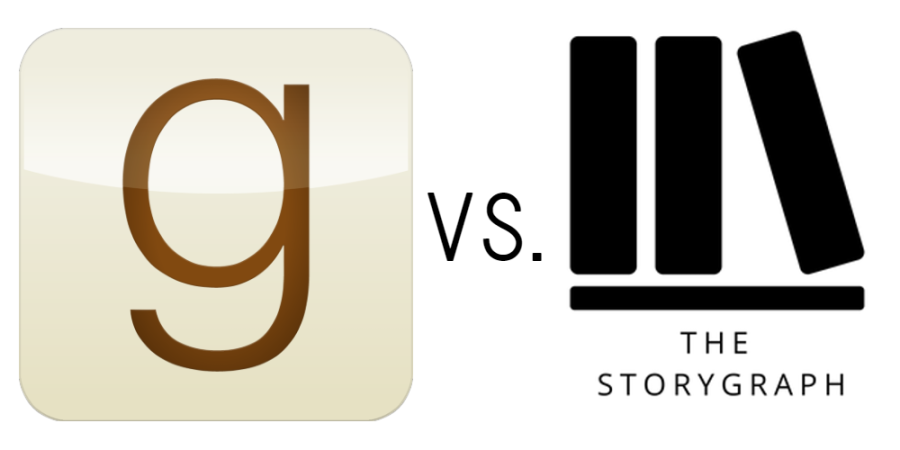
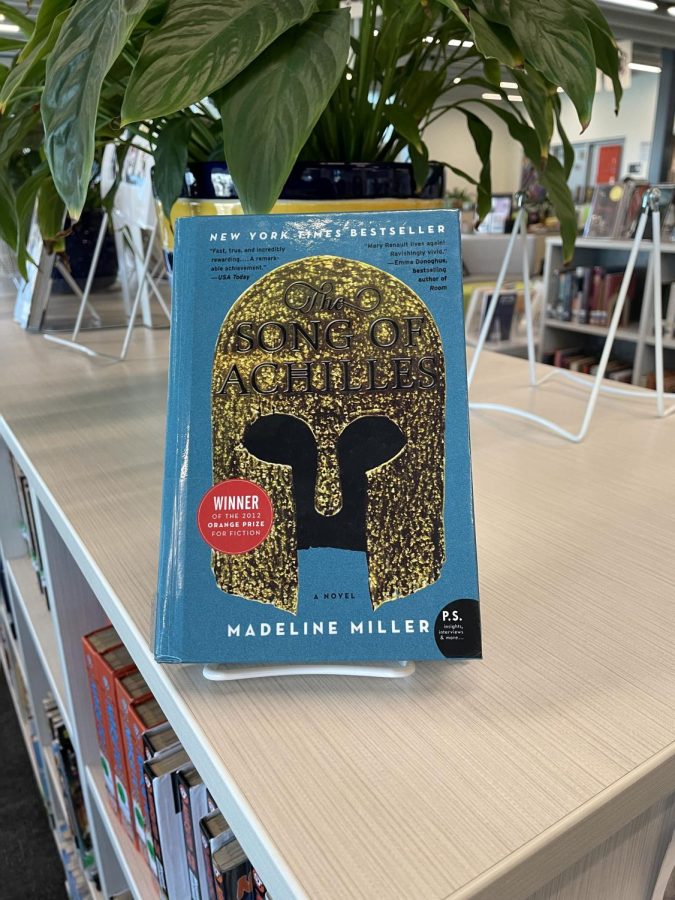
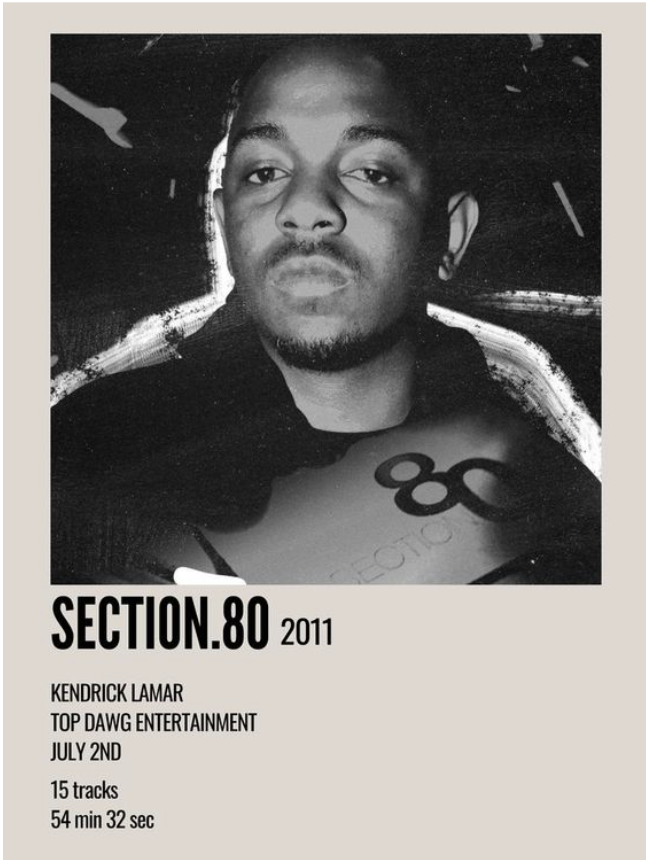
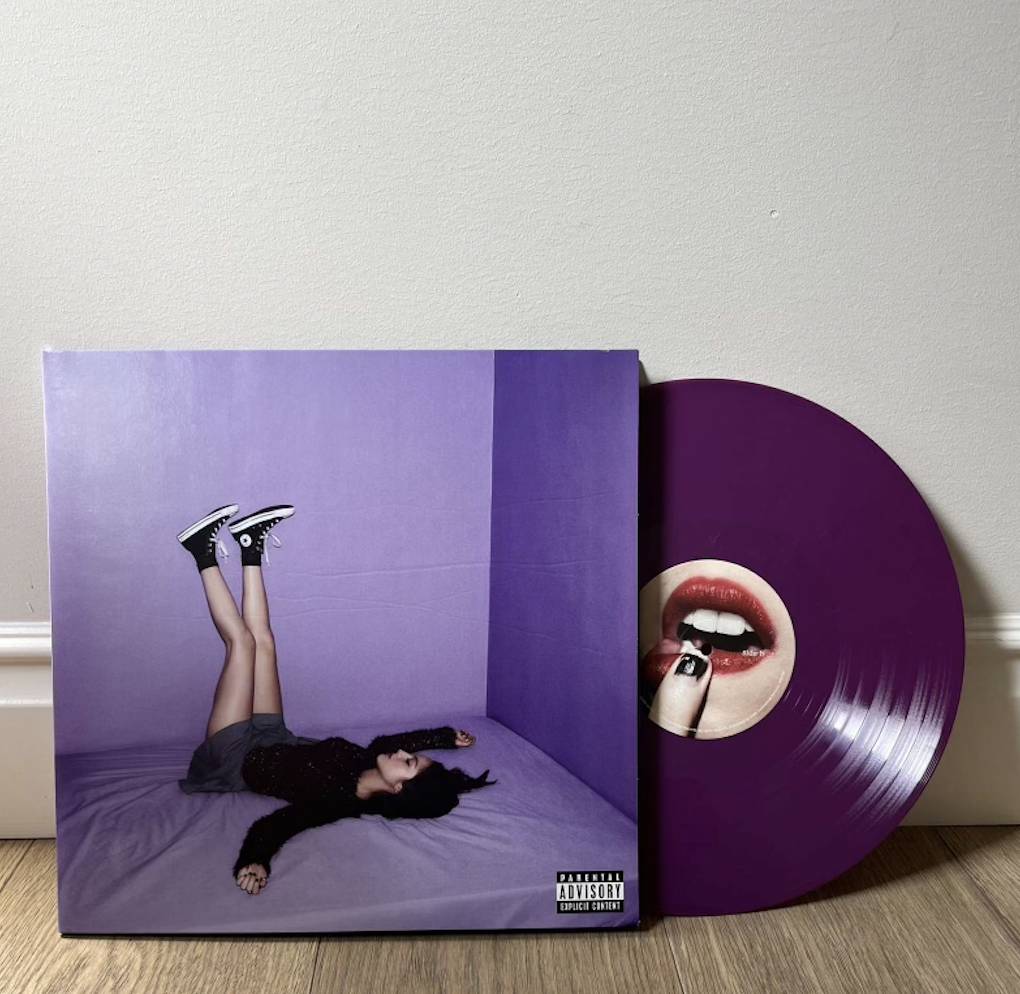
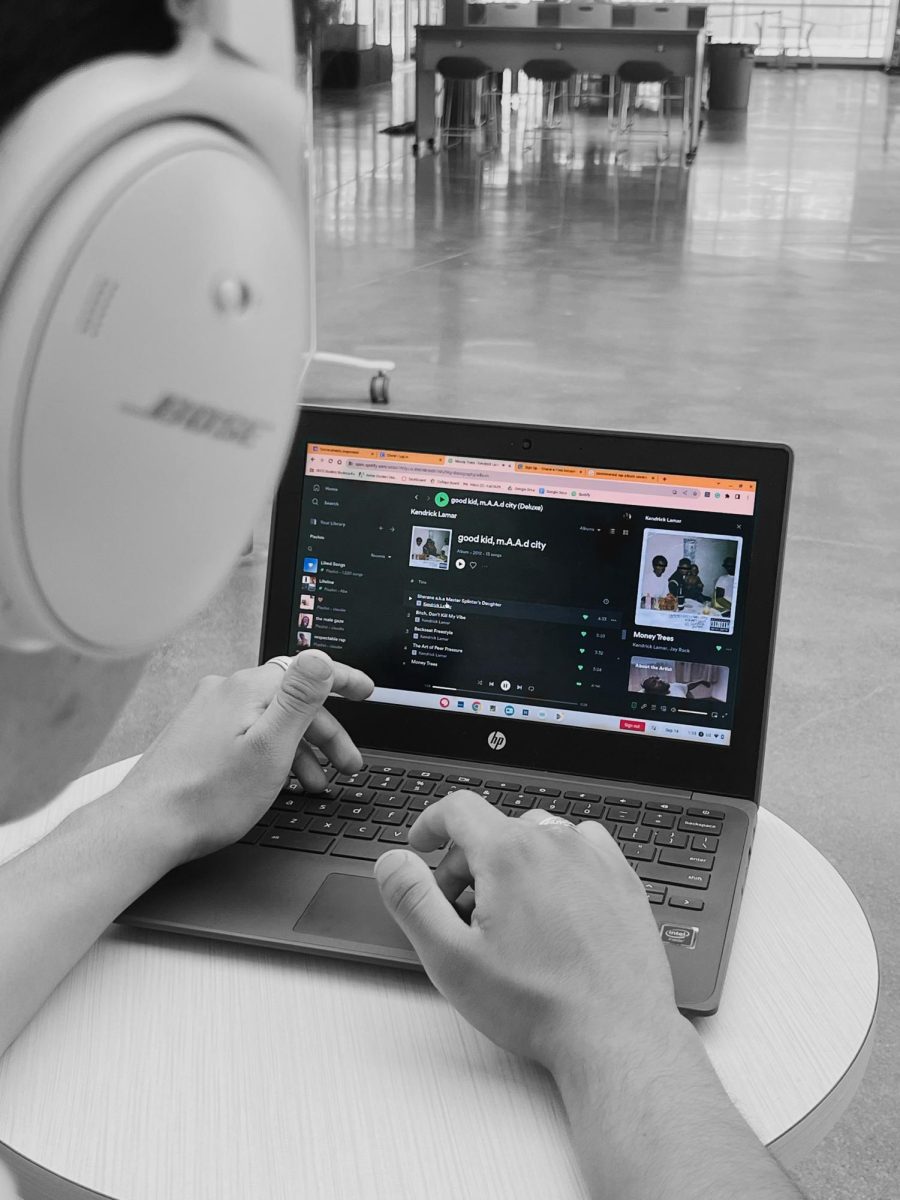
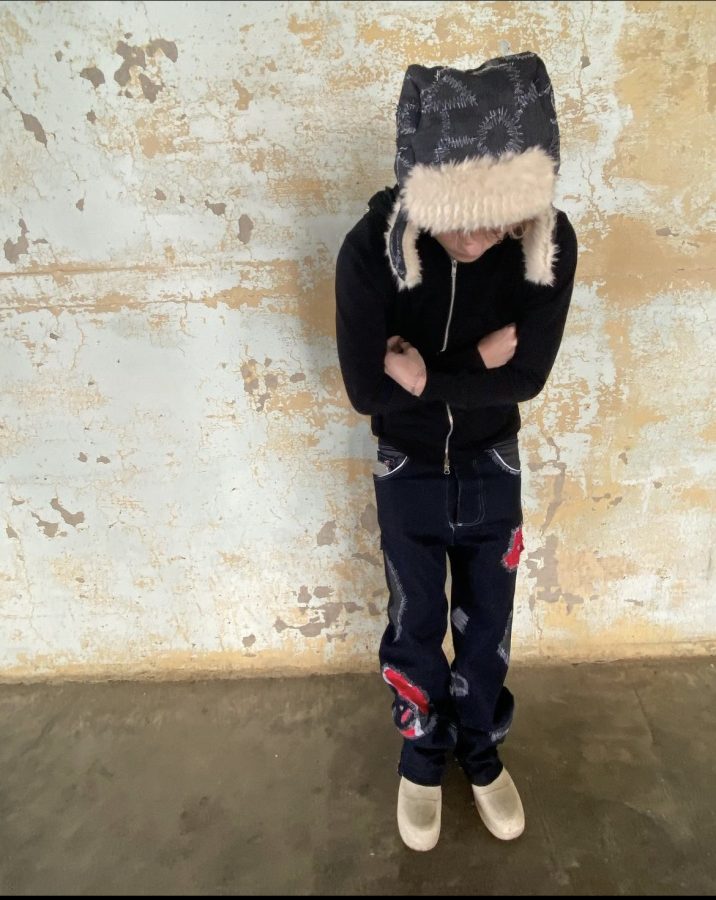

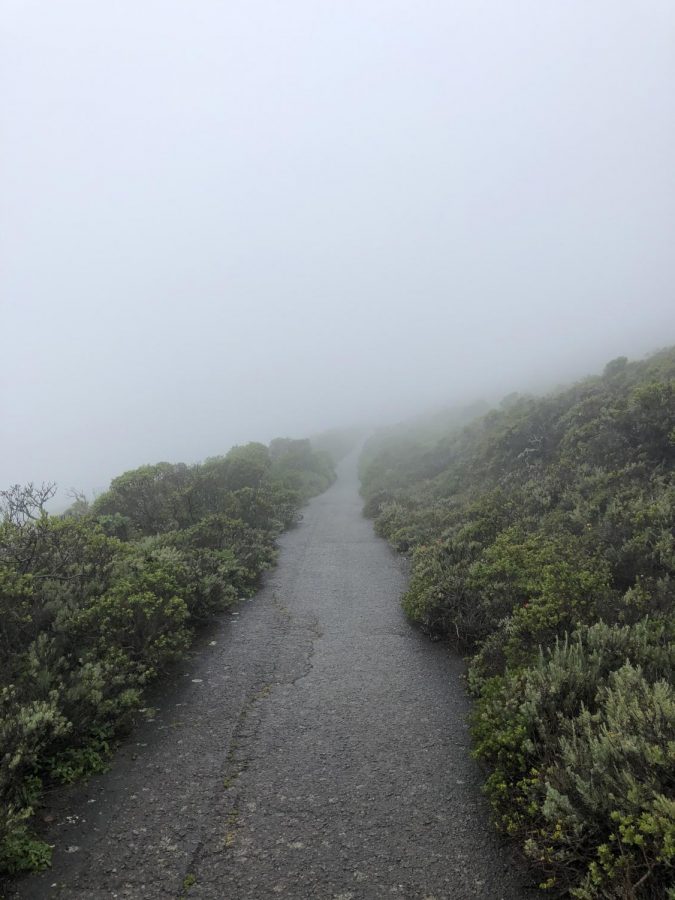



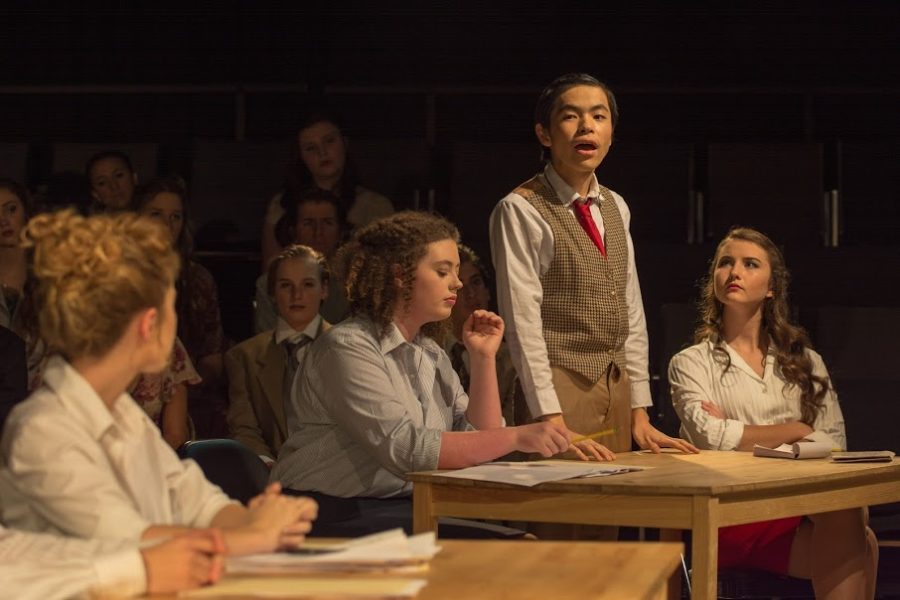

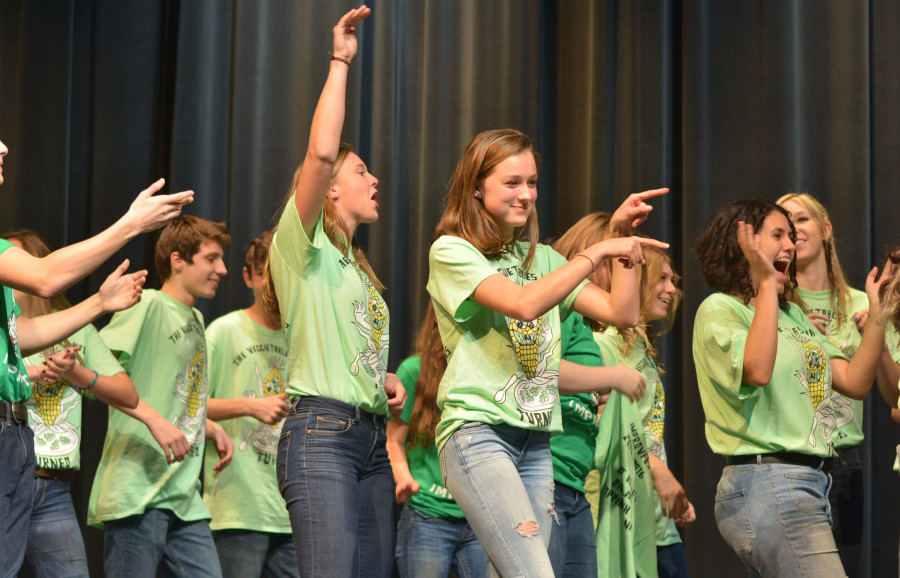


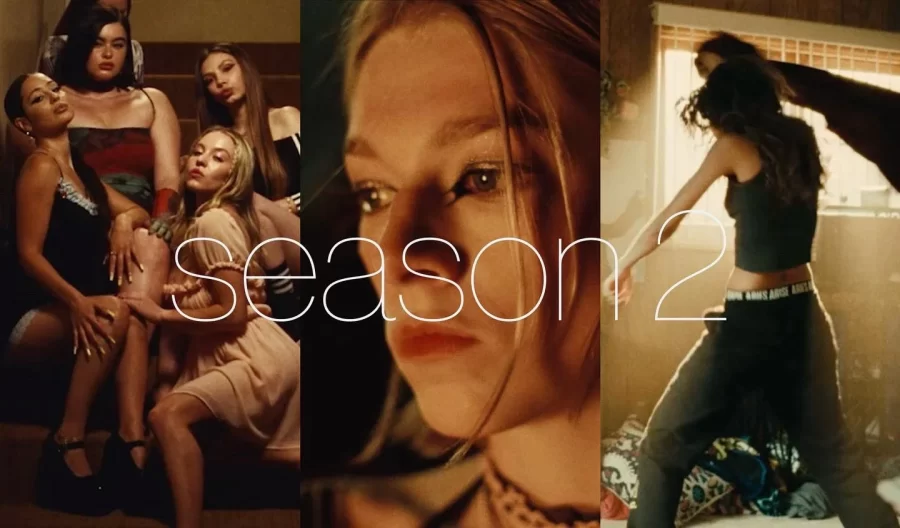
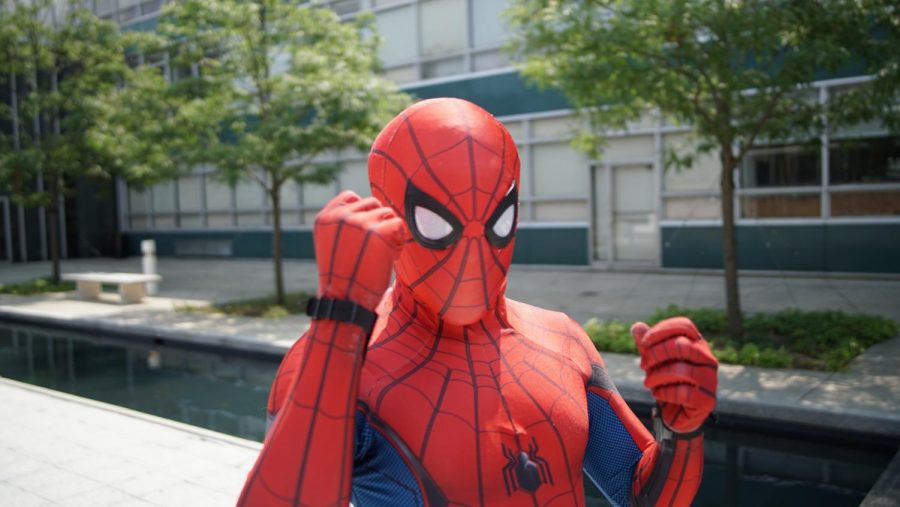
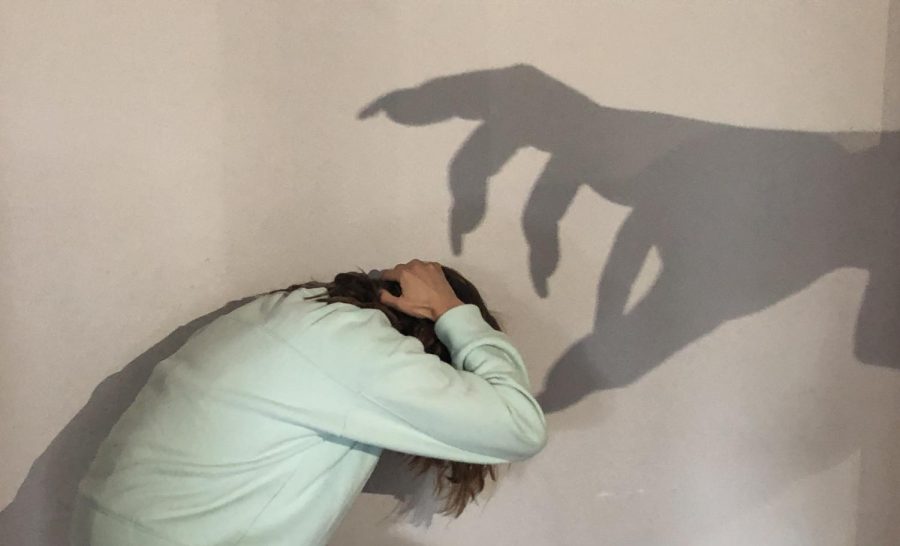
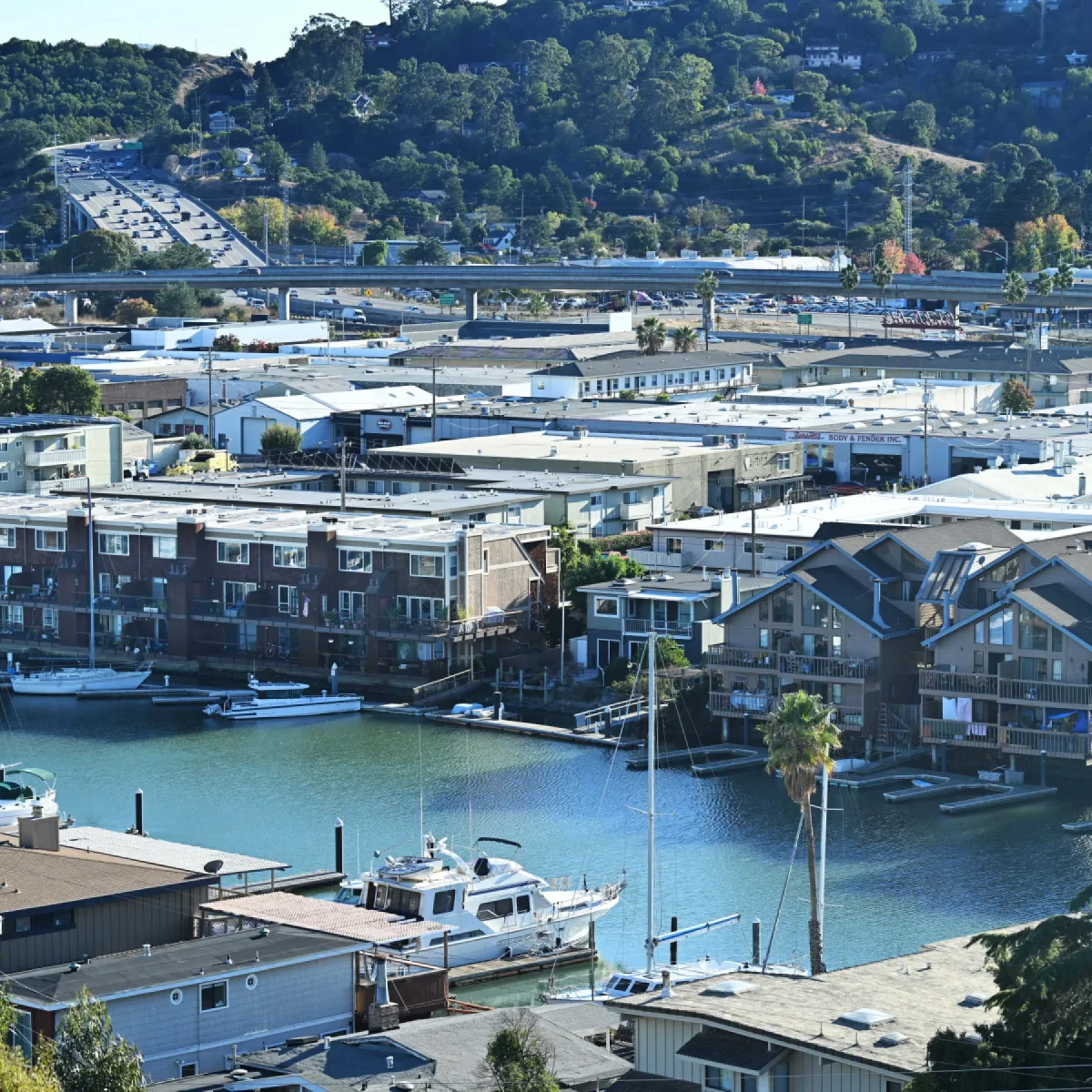

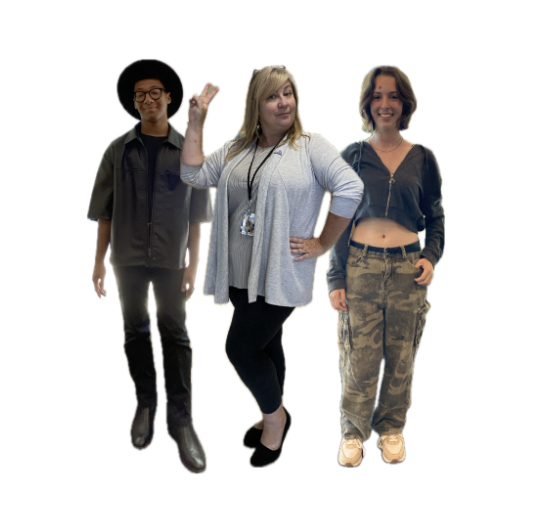


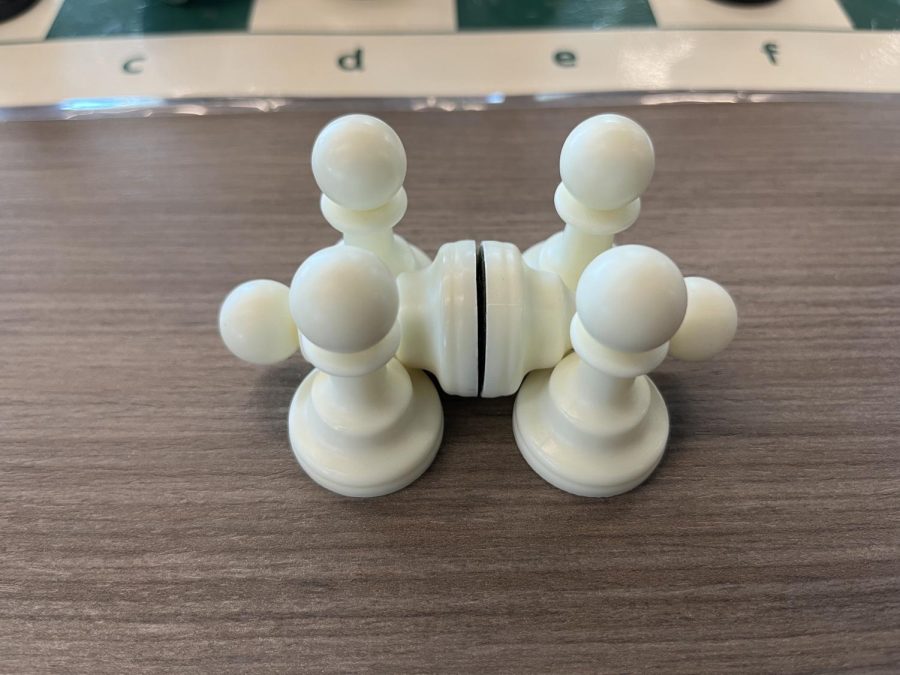
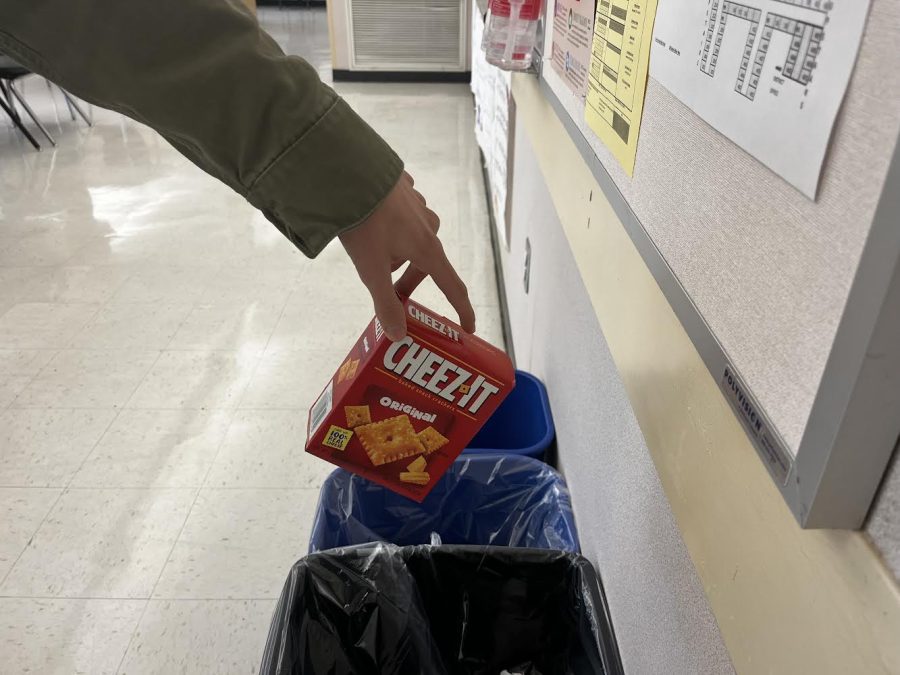


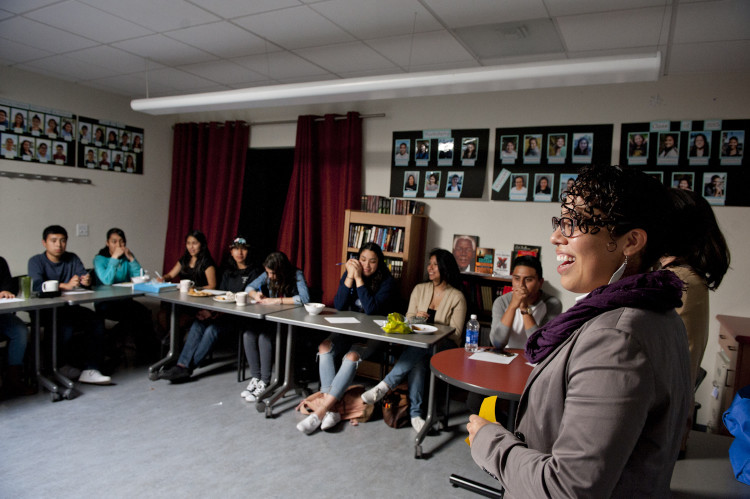


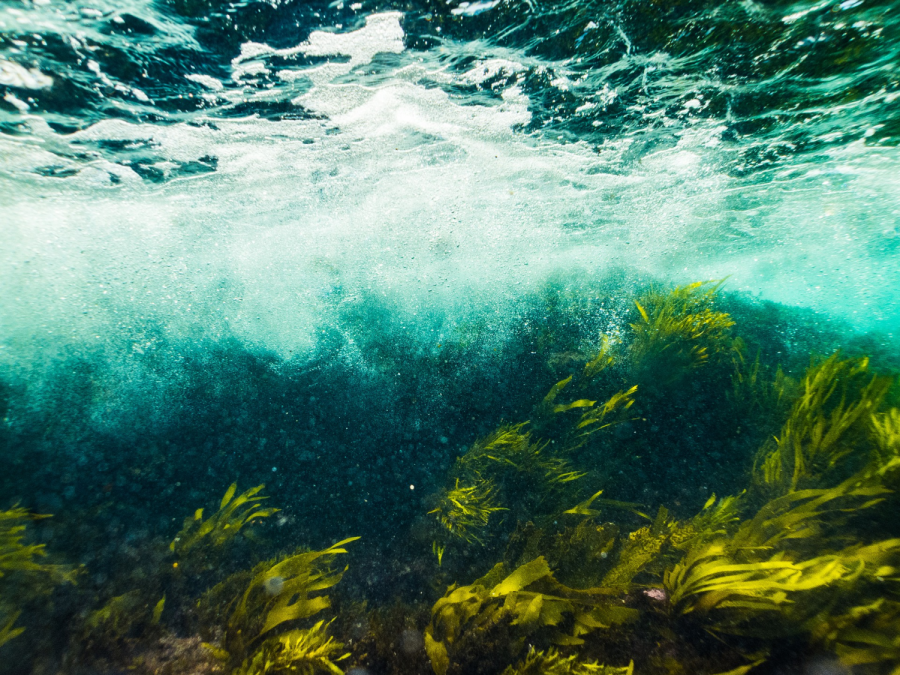

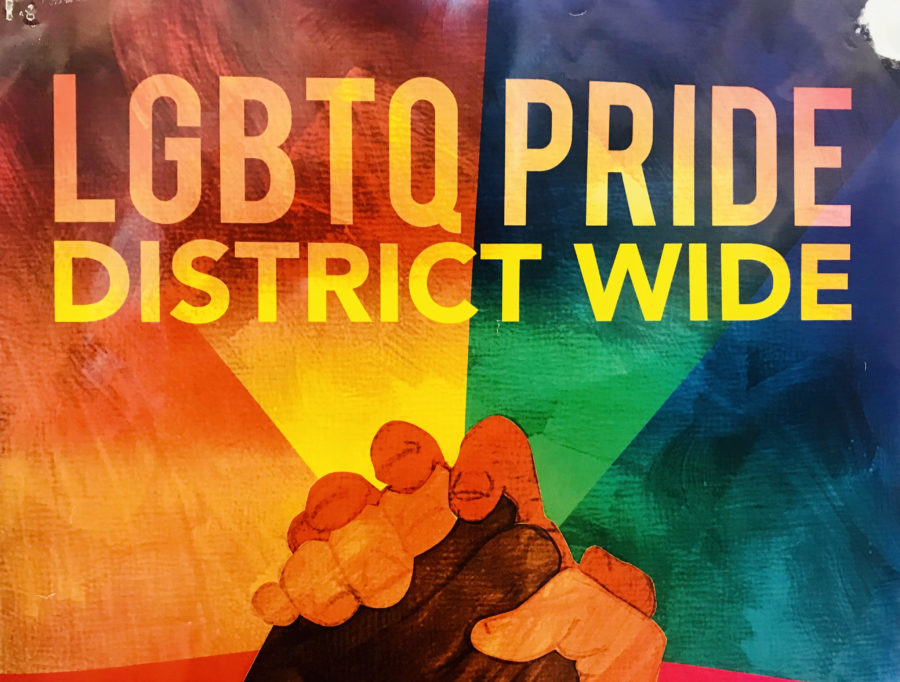


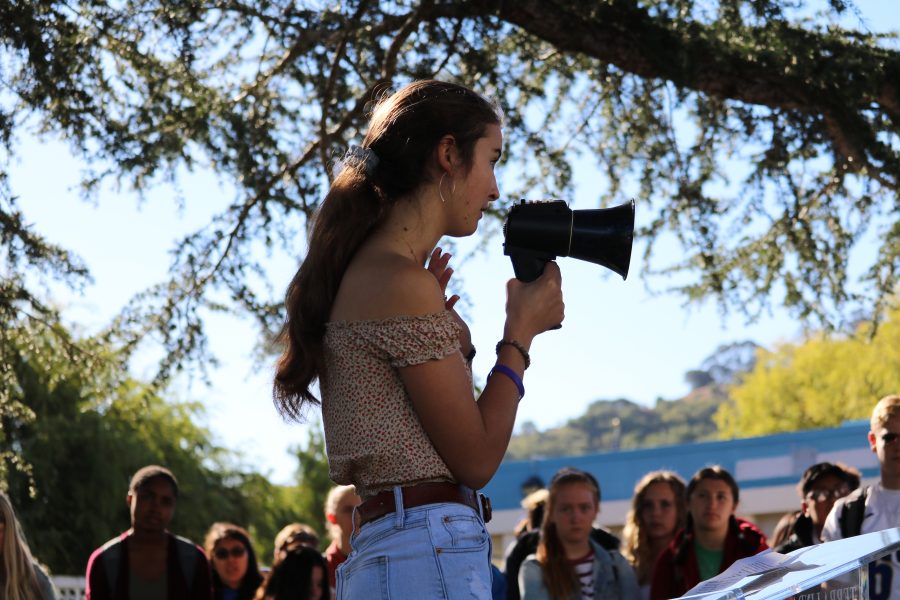
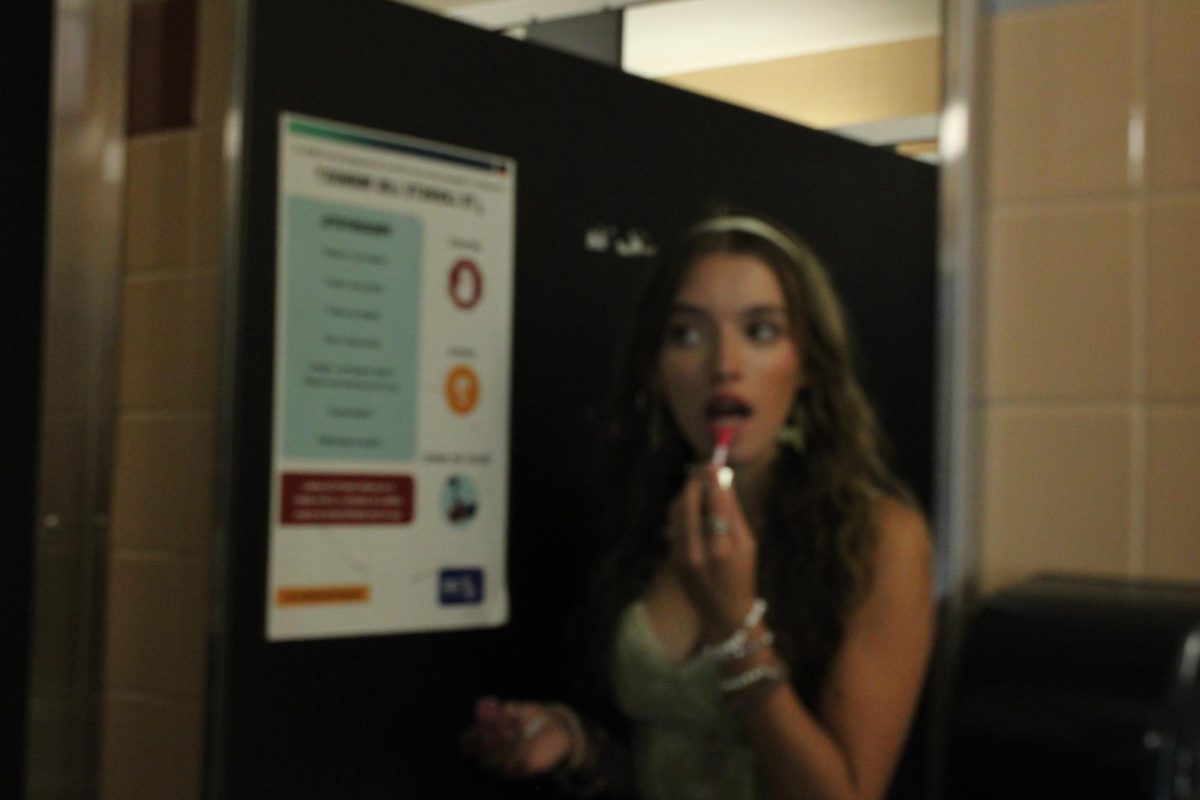
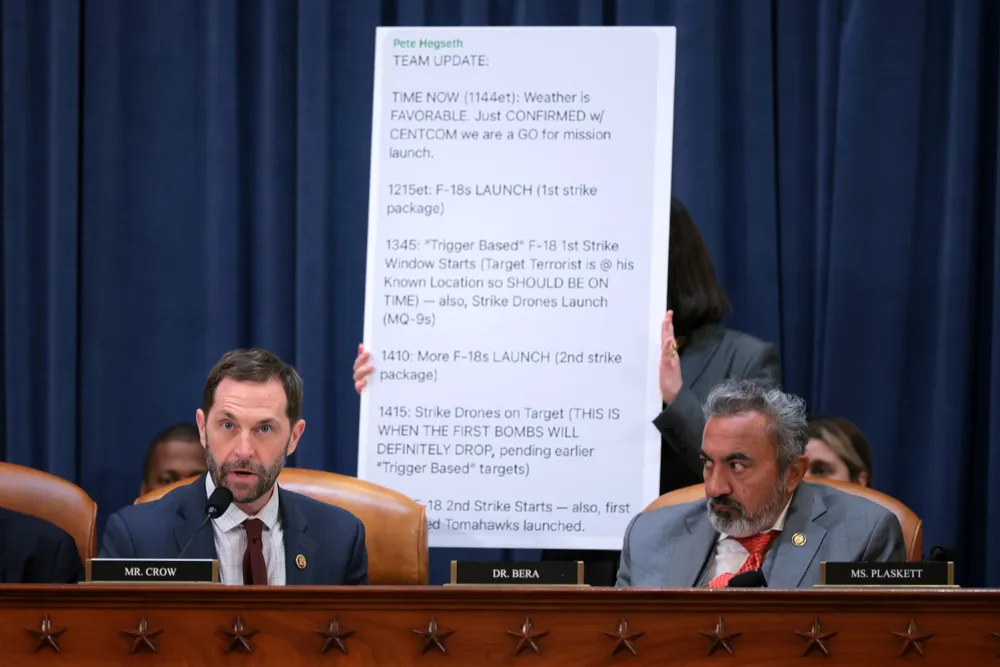
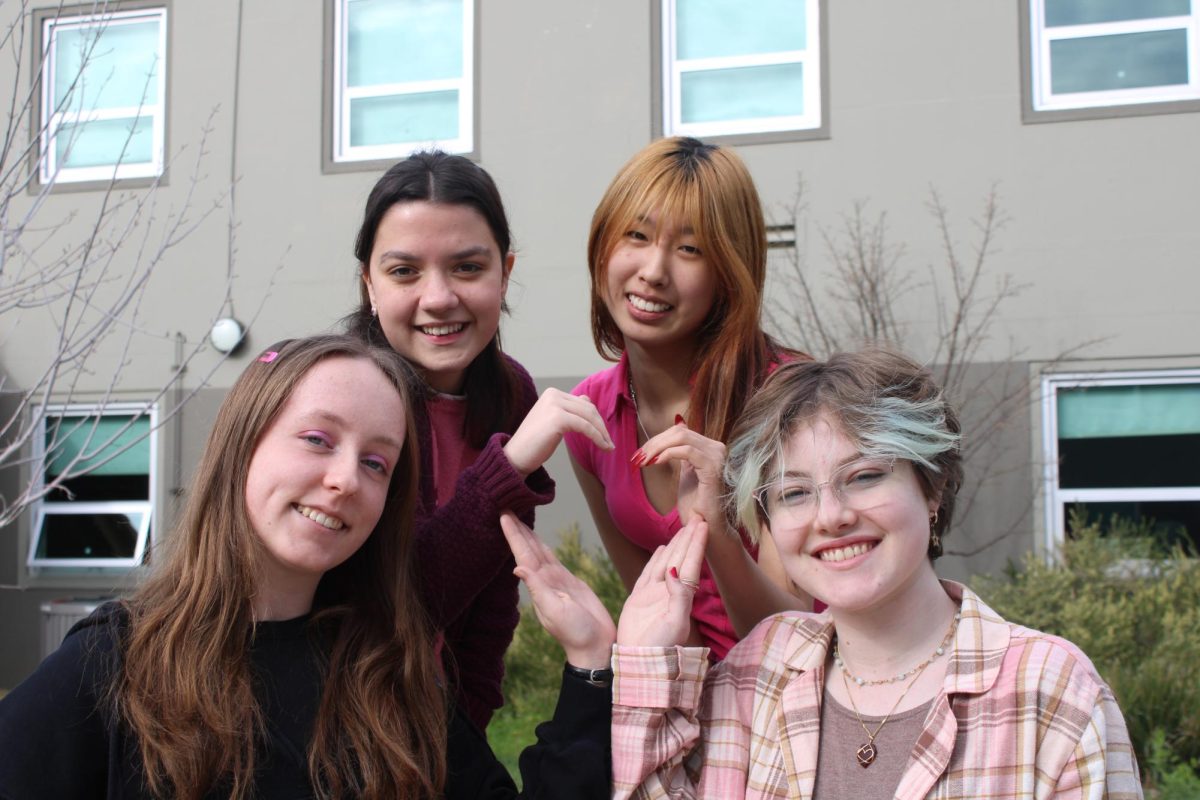


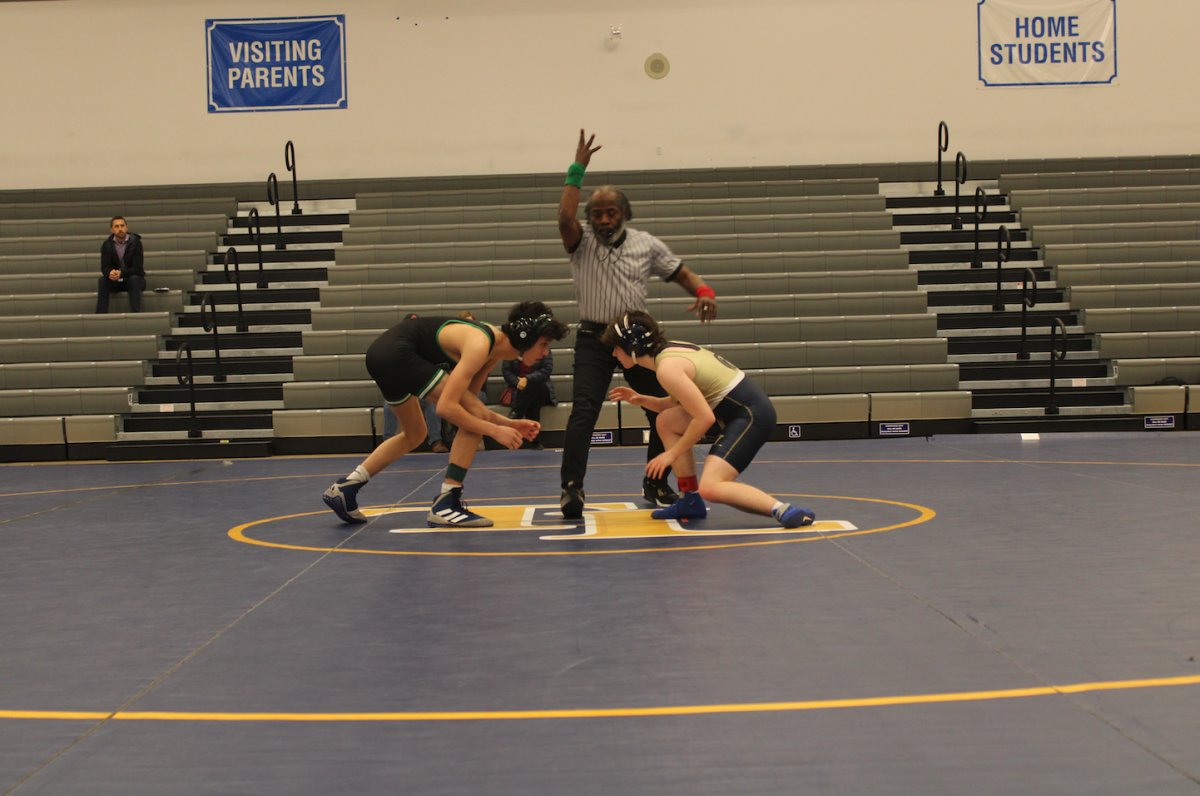
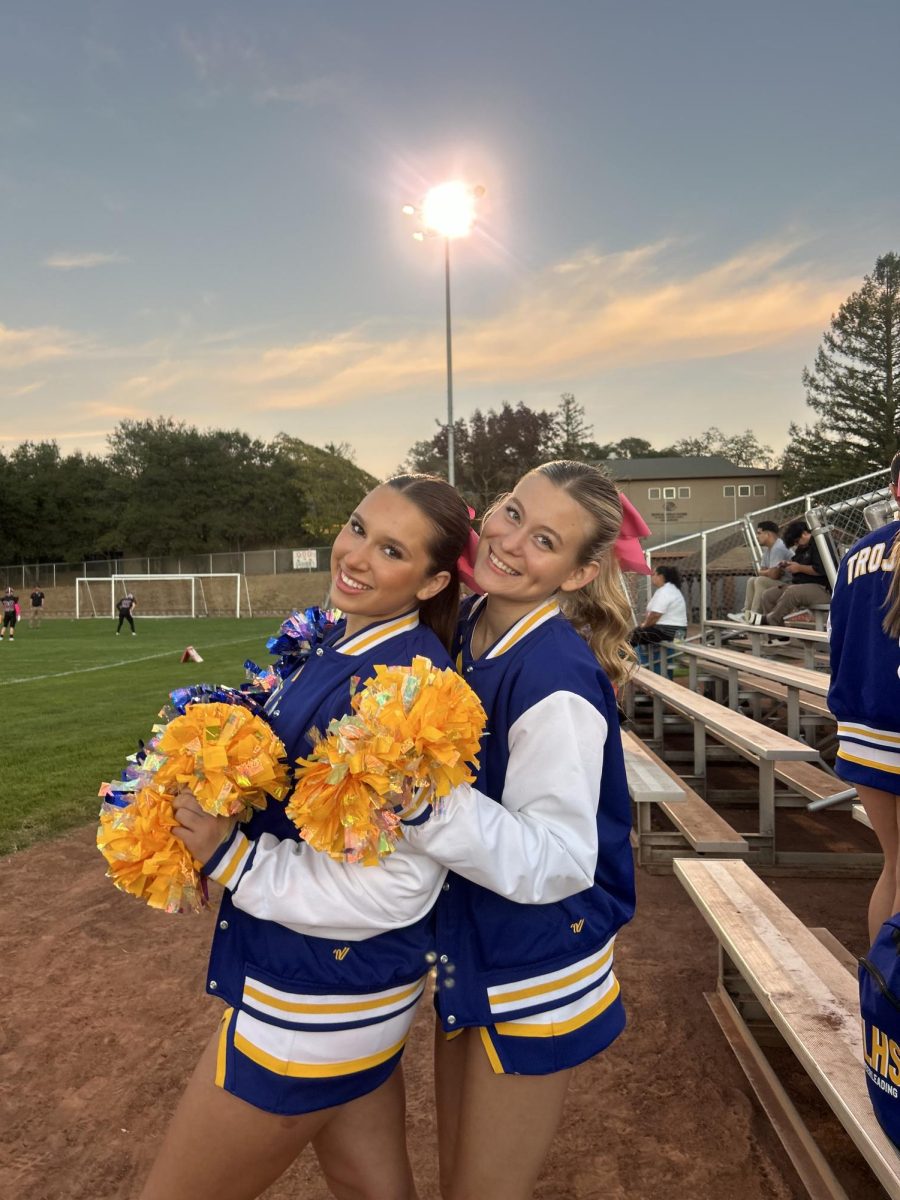
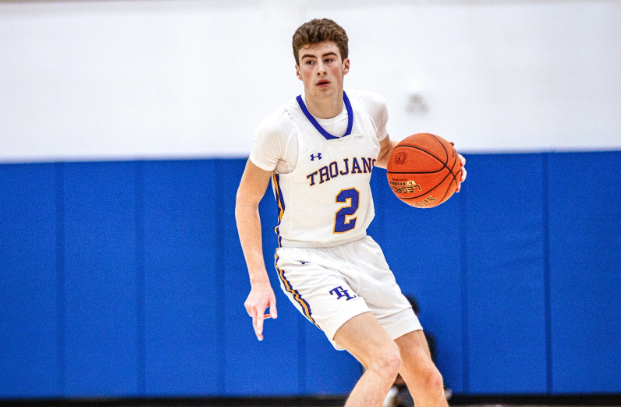
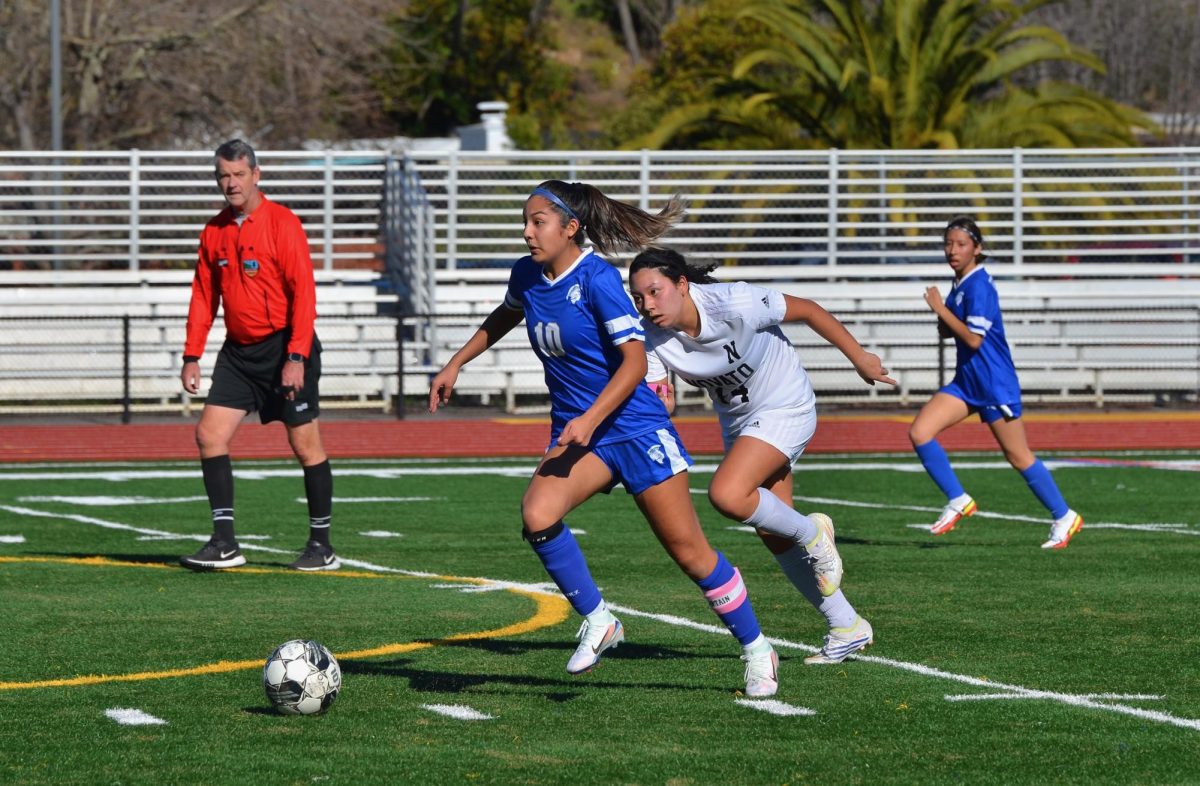
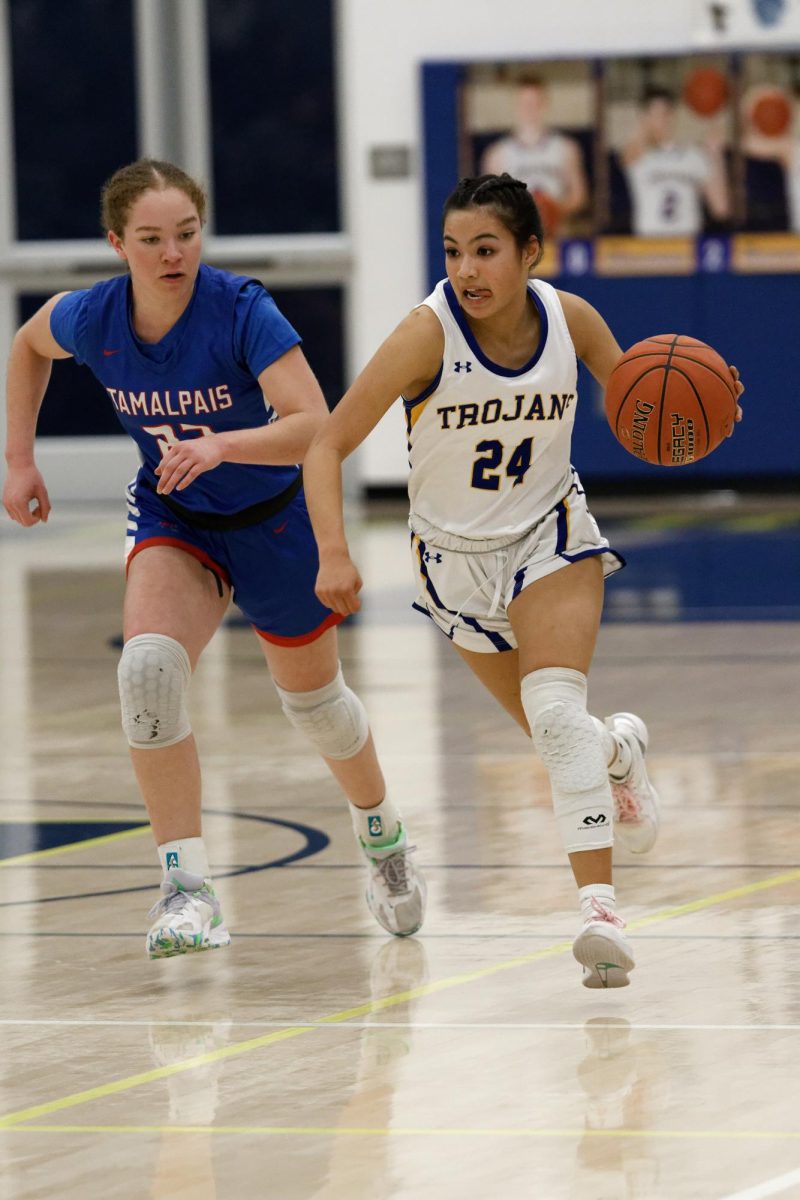



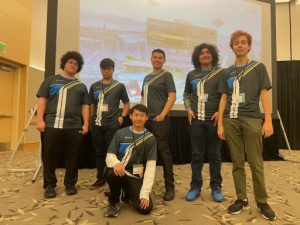
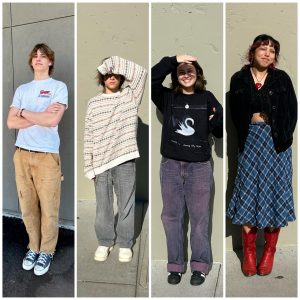
Sam ;) • Dec 9, 2021 at 2:42 pm
Nice work TWads!